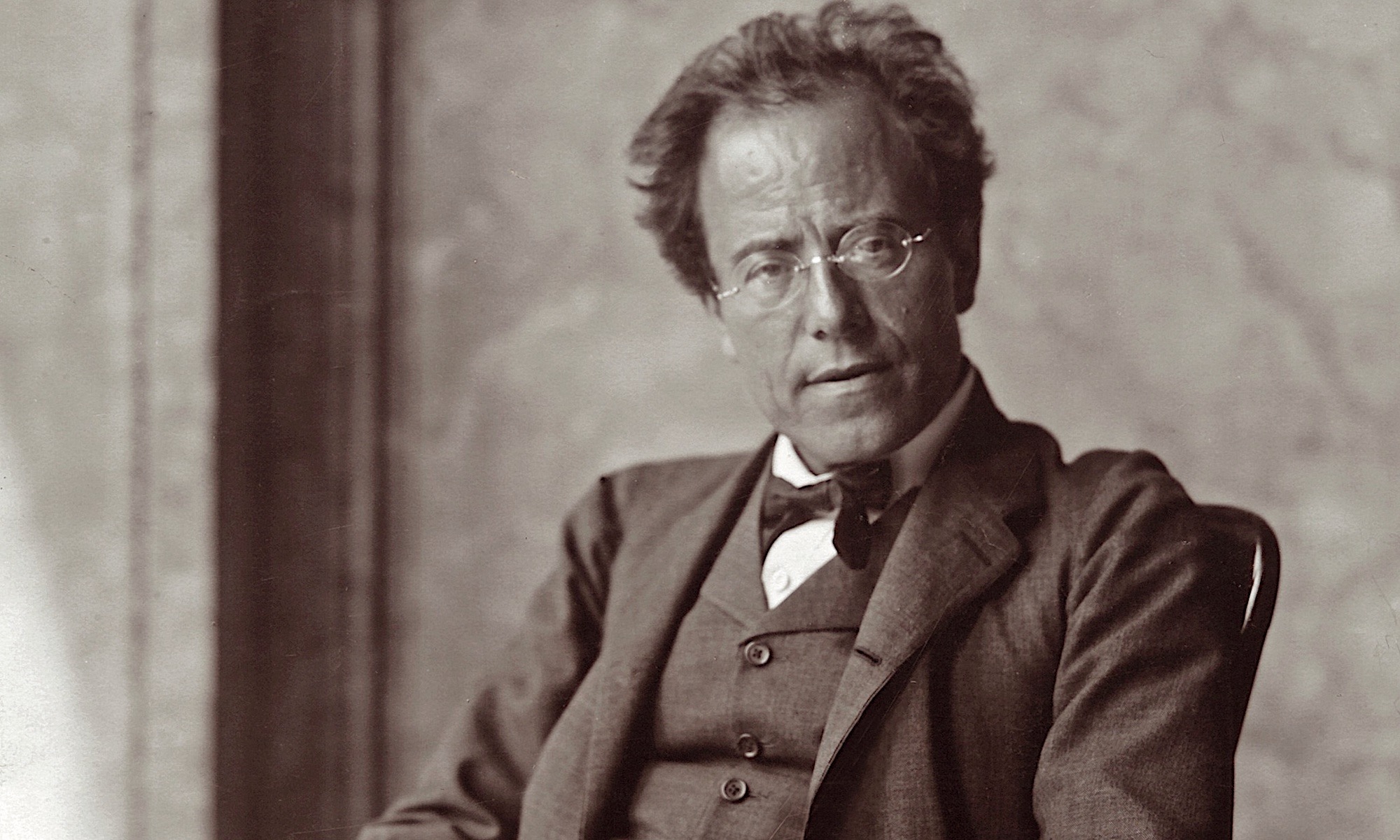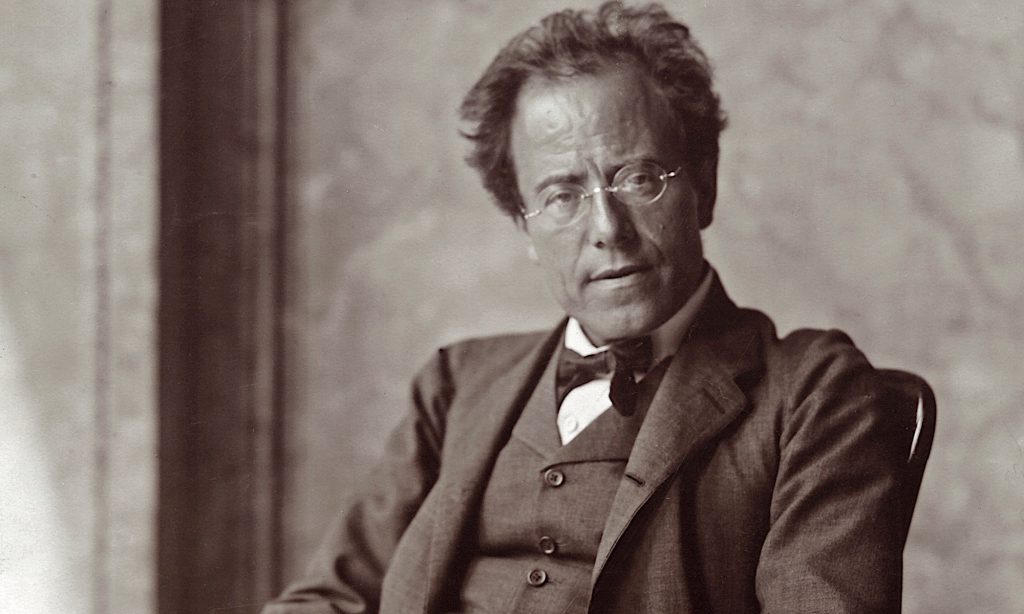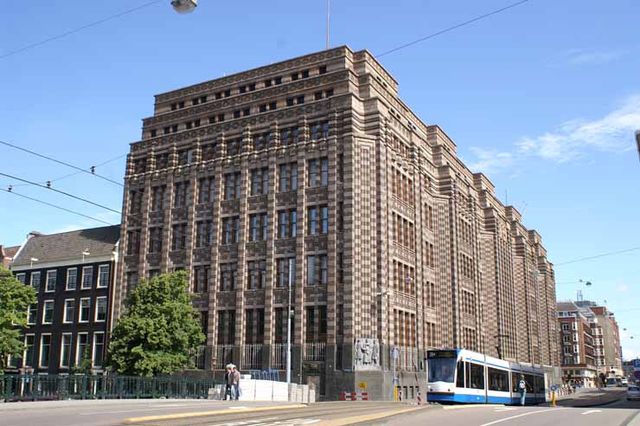Modern critical opinion recognizes Mahler’s powerful influence during a period of musical transition.
In his works may be found pervasive elements foreshadowing the radical methods employed in the 20th century: these elements include “progressive tonality” (ending a work in a different key from the initial one); dissolution of tonality (obscuring the perception of key through the constant use of chromaticism or harmonies not belonging to that key); a breakaway from harmony produced by the entire orchestra in favour of a contrapuntal texture (based on interwoven melodies) for groups of solo instruments within the full orchestra.
The principle of continually varying themes rather than merely restating them; ironic quotation of popular styles and of sounds from everyday life (bird calls, bugle signals, etc.); and, on the other hand, a new way of formally unifying the symphony through the adoption of techniques subtly derived from Liszt’s “cyclic” method (the carrying over of themes from one movement of a work to others).
In terms of the personal content of his art, it can be said of Mahler, more than of any other composer, that he lived out the spiritual torment of disinherited modern man in his art, and that the man is the music.



